Japan, Take 2
I was really blessed in the beginning of March, as I was given a slew of free tickets for things.
I got to use my advisor's museum exhibition opening tickets for an Okina Noh Mask collection at the Miho Museum in Shiga prefecture.
Now, this museum is out in the middle of nowhere, and if one doesn't have a car, it's pretty difficult to find the special bus that would take you up the windy mountain path to the nestled treasure trove. That said, because it was a special "friends and family" opening event, there were special charter buses running from Kyoto train station that day especially for the invitees. As one of my roommates also works periodically with the museum, publishing their catalogues, she also had tickets to go and we went together with some of our tea class members.
While sitting in the charter bus, waiting for departure, we noticed this lovely tourist trap of a
March 6–10 蟄虫啓戸 Hibernating Creatures Open their Doors
March 10, 2018
|
Shiga/Takarazuka
I was really blessed in the beginning of March, as I was given a slew of free tickets for things.
I got to use my advisor's museum exhibition opening tickets for an Okina Noh Mask collection at the Miho Museum in Shiga prefecture.
Now, this museum is out in the middle of nowhere, and if one doesn't have a car, it's pretty difficult to find the special bus that would take you up the windy mountain path to the nestled treasure trove. That said, because it was a special "friends and family" opening event, there were special charter buses running from Kyoto train station that day especially for the invitees. As one of my roommates also works periodically with the museum, publishing their catalogues, she also had tickets to go and we went together with some of our tea class members.
While sitting in the charter bus, waiting for departure, we noticed this lovely tourist trap of a
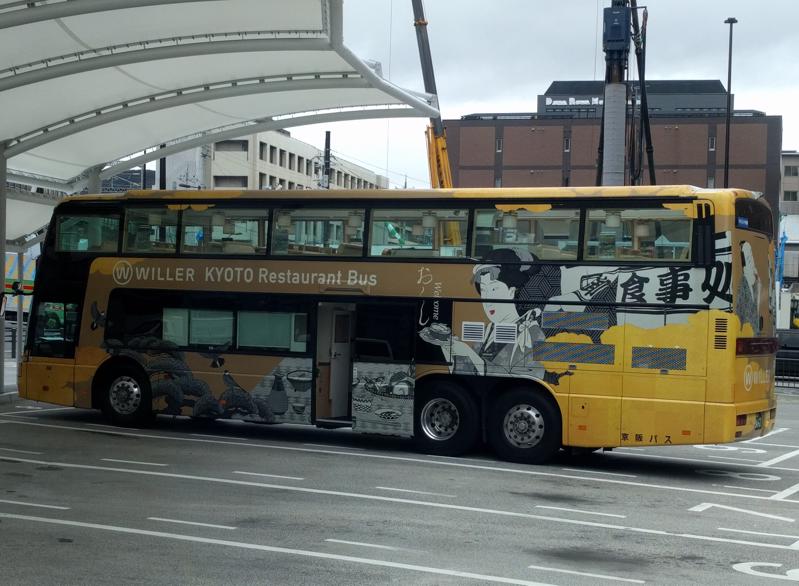
restaurant on a bus. It actually looks kinda fun, but upon looking it up on the website, the information for the restaurant bus tours are only on its English website, and does not appear anywhere on their Japanese website. So yes, just for tourists.
The museum itself was beautiful. It was designed my I. M. Pei, which I kept hearing as "EMP" when my roommate was telling me about him, and has 2 distinct portions. The lower part, close to the parking lot, is a restaurant and shuttle cart stop. You have to walk through a tunnel further into the mountain to get to the actual museum itself. I took a photo of the museum from the tunnel, and then the reverse shot of the tunnel entrance from the museum.
To be honest, what I loved the most was the courtesy umbrellas they had out for their patrons, as it was raining that day, which eventually ended in hail...
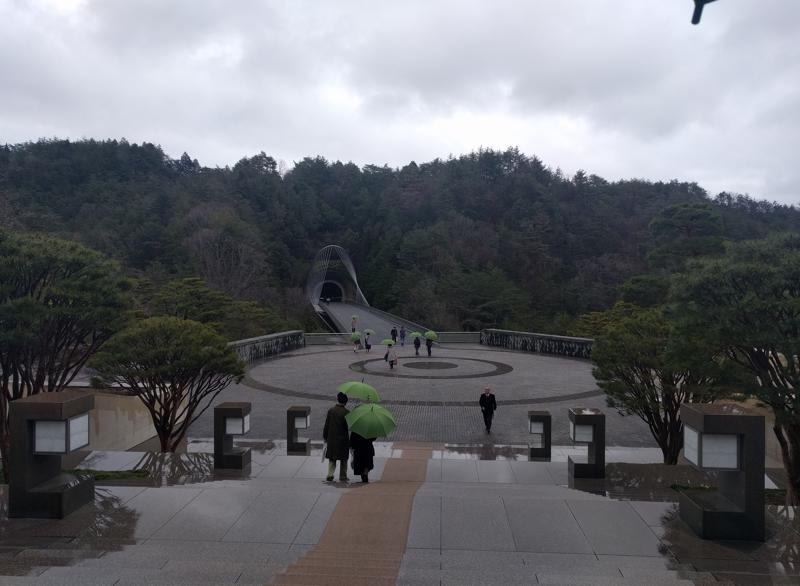
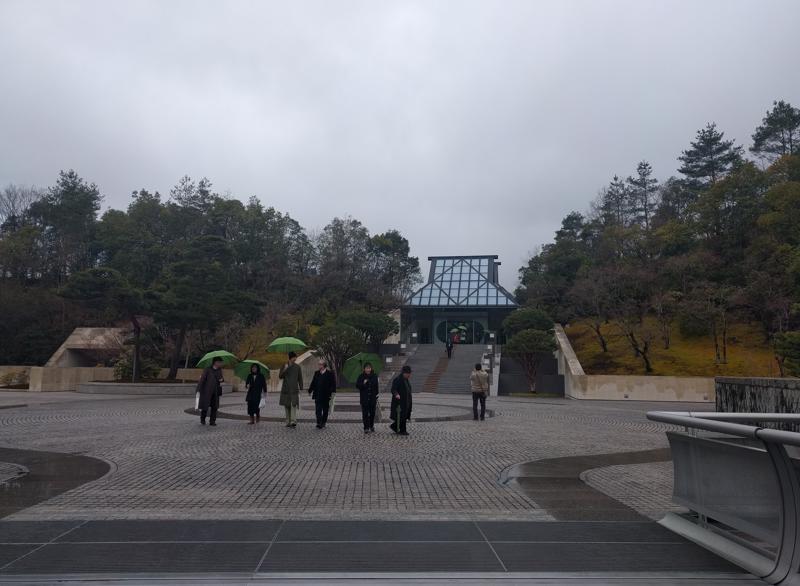
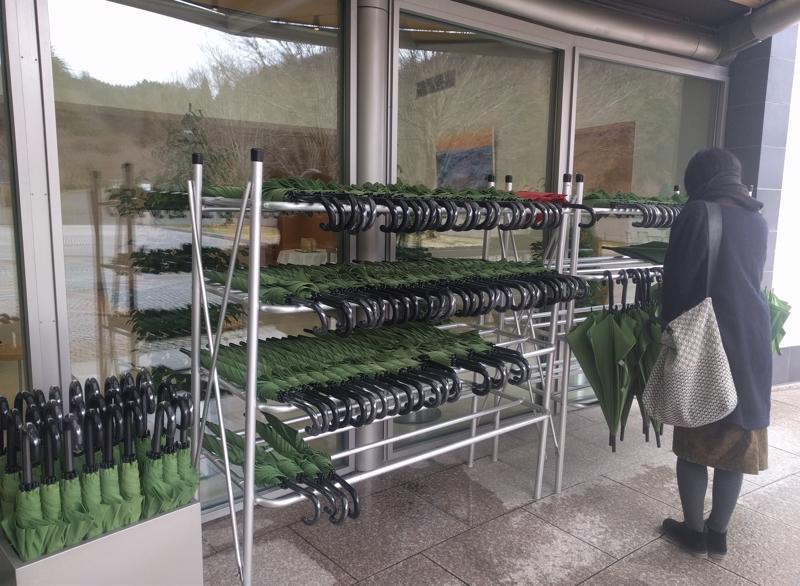
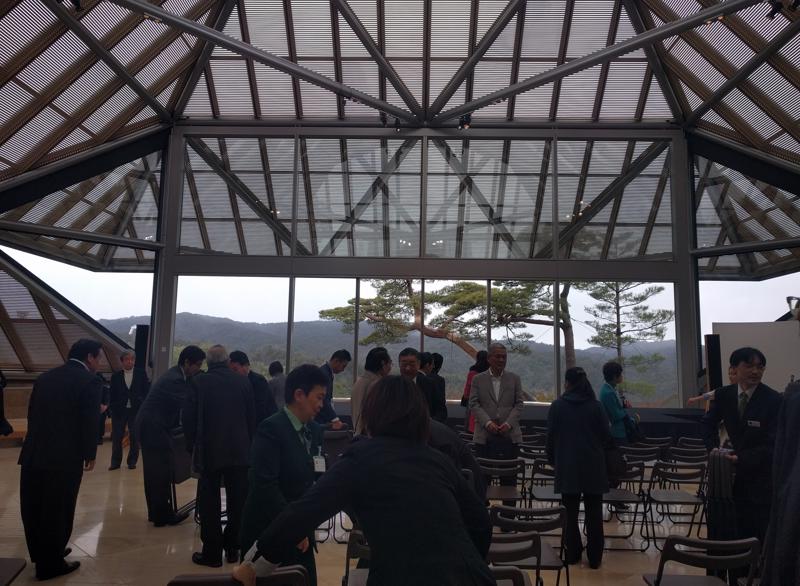
The other set of free tickets I got were for A TAKARAZUKA SHOW. This was the final "Japanese performing art" I had yet to cross off on my list, and even though I have tickets ordered for when Nick comes to visit, my landlady had received a set of free tickets from her bank, and sadly for everyone else and luckily for me, none of my other roommates (who arguably have more interest in Takarazuka) could make the show. So I ended up with them, and practically dragged my poor colleague to go with me.
For those of you unfamiliar, Japan's traditional performing arts (Noh, Kabuki) were and are still male-only art forms. The Takarazuka Revue, created to be a tourist attraction, employs only females in performances and wow, does it strike true in its aim. I've had almost 2 weeks now to digest what I saw, and yet I still am at a loss for words. I imagine it's similar to a drag show in its utter spectacle, complete with giant feather peacock trains during the ending curtain call... but the dance moves of these ladies-as-males are pretty much exactly the same as the moves of heartthrob male bands, not to mention their similar builds... I have never been more gender confused than I was walking out of that show.
The majority of the audience was female, and it was funny, since all I needed to do to find the theatre when I got off the train was to follow the crowd of women. There were more males in the audience than I
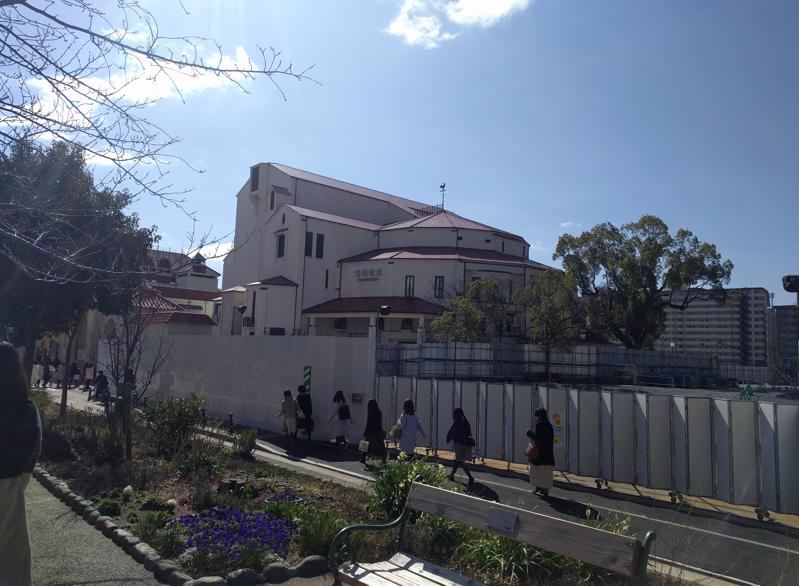
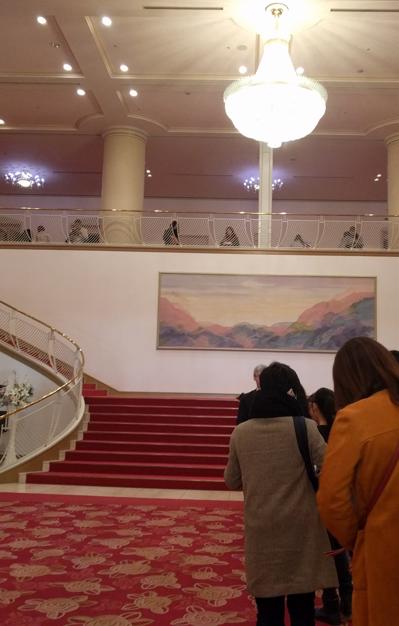
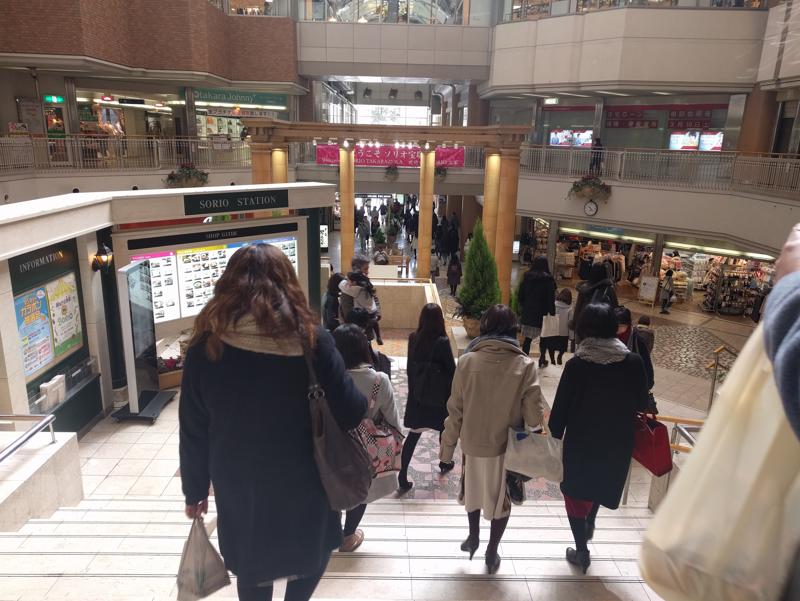
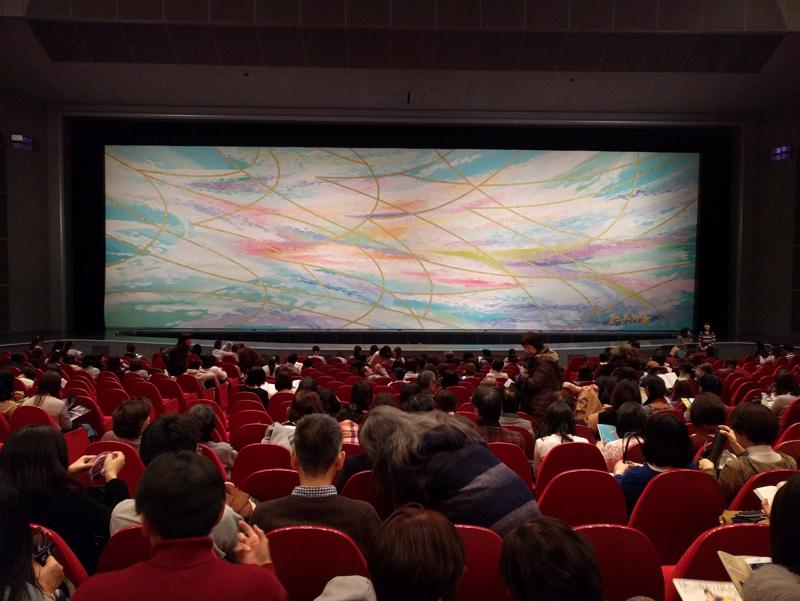

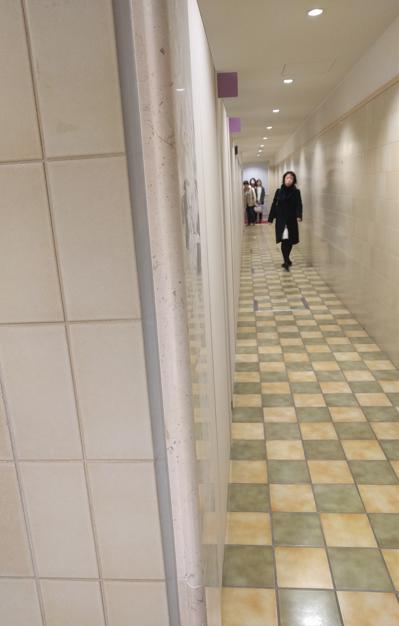
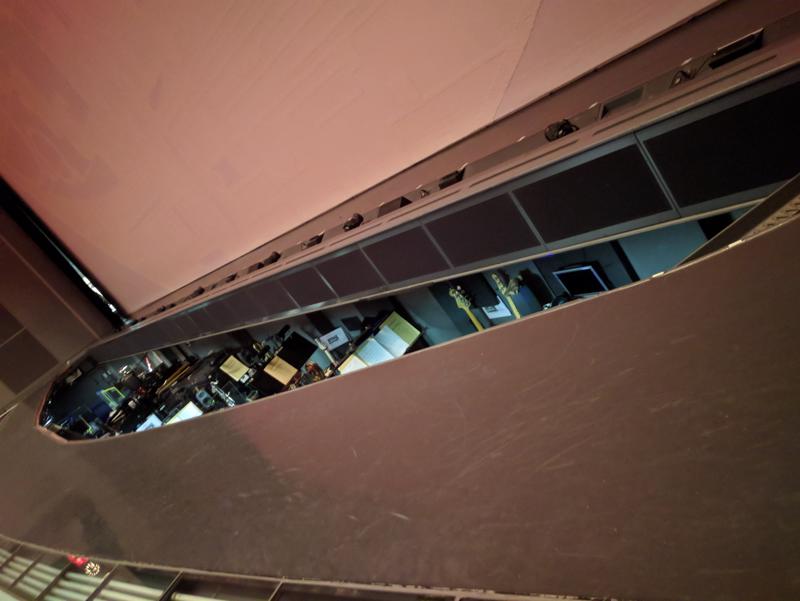
expected, but I can pretty much guarantee that every single one of them was accompanying a female companion to the show.
The theatre itself is indeed "grand", compete with a giant red carpeted staircase, where you can line up to take a photograph on. There were also queues inside, for which I assume were fans of particular performers, though I could not make out what the goal was.
It surprised me to see that it had a live musician pit, and it was surprisingly narrow...
I also only understood about 70% of the show, since my Japanese language skills are starting to stagnate.
One of my favourite things was that in the washroom, there are flags on the upper corners of the door, positioned so that when the stall door is open (therefore free to use), the flag is visible down the line. No need to peek awkwardly down the hall to see what door is open. Ingenious.
1.
Foreword
2.
72 Seasons of Japan: 雪下出麦 Beneath the Snow the Wheat Sprouts (January 1-5)
3.
Pheasants are like peacocks, right? 雉始雊 The Pheasant's First Calls (January 16-20)
4.
January 21-24 款冬華 The Butterbur flowers
5.
January 25-29 水沢腹堅 Mountain Streams Freeze
6.
January 30-February 3 鶏始乳 The Hens start laying eggs
7.
February 4-8 東風解凍 Spring winds thaw the ice
8.
February 9-13 黄鶯睍睆 The Nightingale Sings
9.
February 14-18 魚上氷 Fish Rise from the Ice
10.
February 19-23 土脉潤起 The Earth becomes Damp
11.
February 24-28 霞始靆 Haze First Covers the Sky
12.
March 1–5 草木萌動 Plants Show First Buds
13.
March 6–10 蟄虫啓戸 Hibernating Creatures Open their Doors
14.
March 11–15 桃始笑 The First Peach Blossoms
15.
March 16–20 菜虫化蝶 Leaf Insects become Butterflies
16.
March 21-25 雀始巣 The Sparrow Builds her Nest
17.
March 26-30 櫻始開 The First Cherry Blossoms
18.
March 31-April 4 雷乃発声 Thunder Raises its Voice
19.
April 5-9 玄鳥至 The Swallows Arrive
20.
April 10-14 鴻雁北 Geese Fly North
21.
April 15-19 虹始見 The First Rainbow Appears
22.
April 20-24 葭始生 The First Reeds Grow
23.
April 25-29 霜止出苗 The Frost Stops; The Rice Grows
24.
April 30- May 4 牡丹華 The Tree Peony Flowers
25.
May 5-9 蛙始鳴 The First Frogs Call
26.
May 10-14 蚯蚓出 The Earth Worms Rise
27.
May 15-20 竹笋生 Bamboo Shoots Appear
28.
May 21-25 蚕起食桑 The Silk Worm Awakes and Eats the Mulberry
29.
May 26-30 紅花栄 The Safflower Blossoms
30.
May 31-June 5 麦秋至 The Time for Wheat
31.
June 5 - June 9 蟷螂生 The Praying Mantis Hatches
32.
June 10 - 15 腐草為螢 Fireflies rise from the Rotten Grass
33.
June 16 - 20 梅子黄 The Plums turn Yellow
34.
June 21 - June 25 乃東枯 The common Self-Heal Dries (Summer Solstice)
35.
June 26 - June 30 菖蒲華 The Iris Flowers
36.
July 1 - July 6 半夏生 The Crow-dipper Sprouts
37.
July 7 - July 11 温風至 Hot Winds Blow
38.
July 12 - July 16 蓮始開 The First Lotus Blossoms
39.
July 17 - July 21 鷹乃学習 The Young Hawk Learns to Fly
40.
July 22 - July 27 桐始結花 The First Paulownia Fruit Ripen
41.
July 28 - Aug 1 土潤溽暑 Damp Earth Humid Heat (Major Heat)
42.
Aug 2 - Aug 6 大雨時行 Heavy Rain Showers
43.
Aug 7 - Aug 11 涼風至 A cool Wind blows (First Autumn)
44.
Aug 12 - Aug 16 寒蝉鳴 The Evening Cicada Sings
45.
Aug 17 - Aug 22 蒙霧升降 Thick Fog Blankets the Sky
46.
Aug 23 - Aug 27 綿柎開 The Cotton Lint Opens (Limit of Heat)
47.
Aug 28 - Sept 1 天地始粛 Earth & Sky Begin to Cool
48.
Sept 2 - Sept 6 禾乃登 The Rice Ripens
49.
Sept 7 - Sept 11 草露白 Dew Glistens White on Grass
50.
Sept 12 - Sept 16 鶺鴒鳴 Wagtails Sing
51.
Sept 17 - Sept 21 玄鳥去 Swallows Leave
52.
Sept 22 - Sept 27 雷乃収声 Thunder Ceases (Autumn Equinox)
53.
Sept 28 - Oct 2 蟄虫坏戸 Insects hole up Underground
54.
Oct 3 - Oct 7 水始涸 Farmers Drain Fields
55.
Oct 8 - Oct 12 鴻雁来 The Geese Arrive
56.
November 19
Share your travel adventures like this!
Create your own travel blog in one step
Share with friends and family to follow your journey
Easy set up, no technical knowledge needed and unlimited storage!